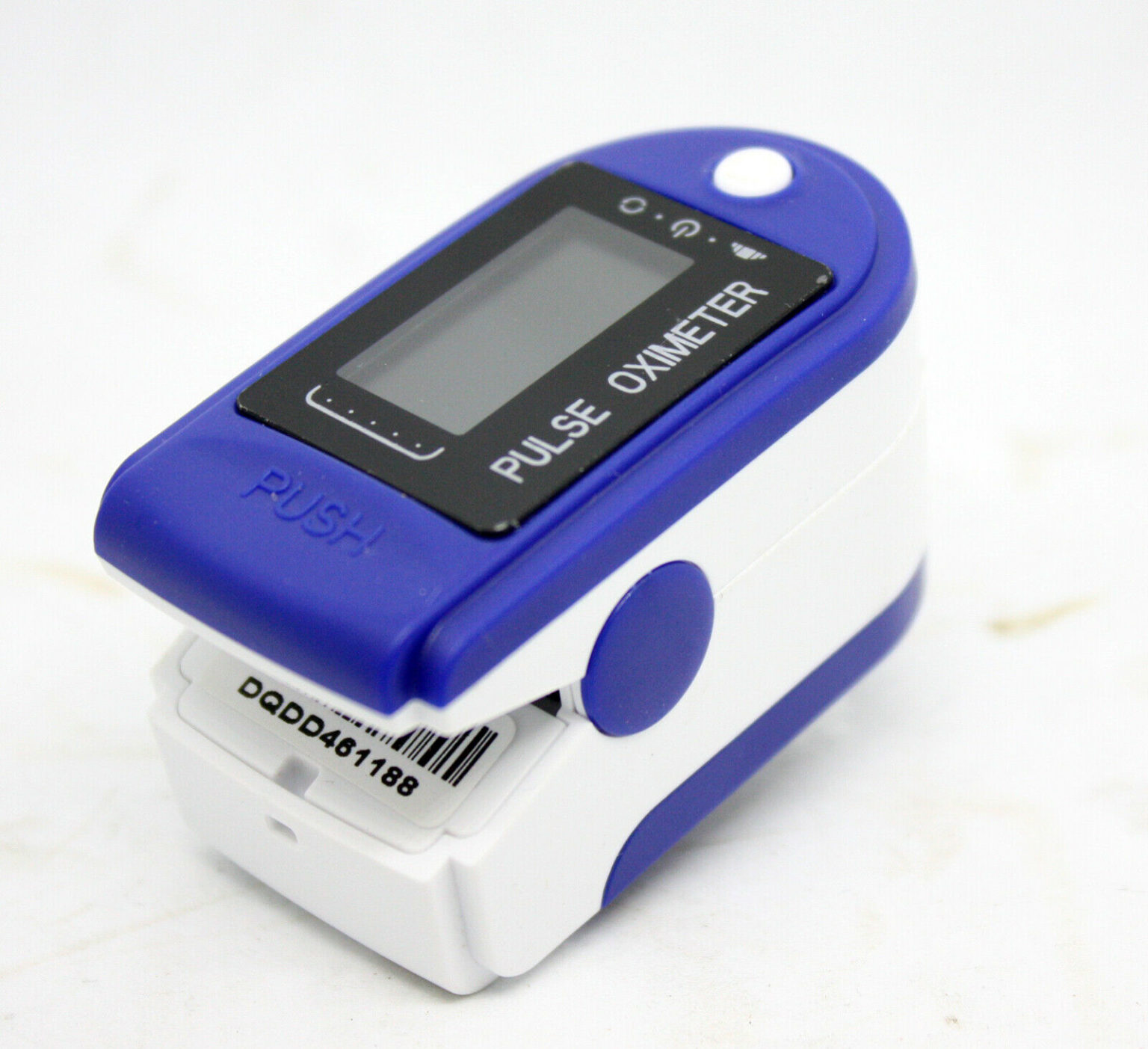

If the SpO2 value is consistently at 94% or lower in a day, it is recommended to have a medical consultation immediately. Lying on one’s belly (prone position) with a pillow under thighs and tummy, for about one hour and taking few deep breaths every 10-15 minutes, can sometimes bring up the oxygen saturation ( conscious proning) and is recommended 2-3 times a day. A drop in SpO2 by 5% or more, or absolute fall to 60 years can perform shorter 3-minute tests). Lower values are an alarm sign.įor COVID patients being treated in a non-hospitalized/home care setting, pulse oximetry can be done in combination (just before and after) with the 6-minute walk test (performed at normal walking pace), at least once daily. SpO2 value of > 94% at all times is considered satisfactory. Readings may be inaccurate in the lying position or if hands are cold.įor people who have contact history or symptoms suggestive/suspicious of COVID, or those who are confirmed COVID-positive asymptomatic or symptomatic cases, 4-6 hourly pulse oximetry is recommended. Nail polish and varnishes, especially if dark should preferably be removed. Constant movement, shaking the finger, or even tremors/shivering can affect the accuracy of the readings. Low battery, irregular waves, and rapidly fluctuating readings can imply possible inaccuracy. The highest stable reading of SpO2 should be considered. Once put on, wait for the waves to be regular, and the reading values to stabilize. The oximeter should close appropriately (not too tightly pressed upon the finger, and not too loosely due to damaged spring or closing levers). The index or middle finger should be properly inserted in the pulse oximeter (not partially, upside down or tilted sideways). If been engaged in physical activity, rest for 5 minutes before taking the reading. Pulse oximetry should be taken in the sitting position with the hand kept at heart level. An RR >24 is considered abnormally high indicating shortness of breath, while RR >30 requires immediate oxygen support and medical assistance/hospitalization. The respiratory rate (RR) is normally between 12-20 breaths/minute but can increase during physical activity. It can range between 0.02-20% in the population depending on weak to strong pulse, but for a particular person, it usually has a short, given range which can be determined by repeated readings.



The perfusion index (PI) shows the blood flow to the finger. The oxygen saturation (SpO2) should ideally be maintained >94% at all times. It can be further higher in people with anxiety, just after physical activity, or in children. The pulse rate can normally show a wide variation of 60-110 beats per minute (bpm). The pulse oximeter measures the pulse rate, blood oxygen saturation (SpO2), the perfusion index (PI), and in some of the machines, (not all) the respiratory rate (RR). The following are 3 important points to be kept in mind while doing and interpreting pulse oximetry. Pulse oximetry is a useful tool for self-monitoring especially in the situation of the COVID pandemic. Pulse oximetry, done by an instrument called the pulse oximeter, measures the pulse rate, and the percentage saturation of oxygen in the blood.


 0 kommentar(er)
0 kommentar(er)
